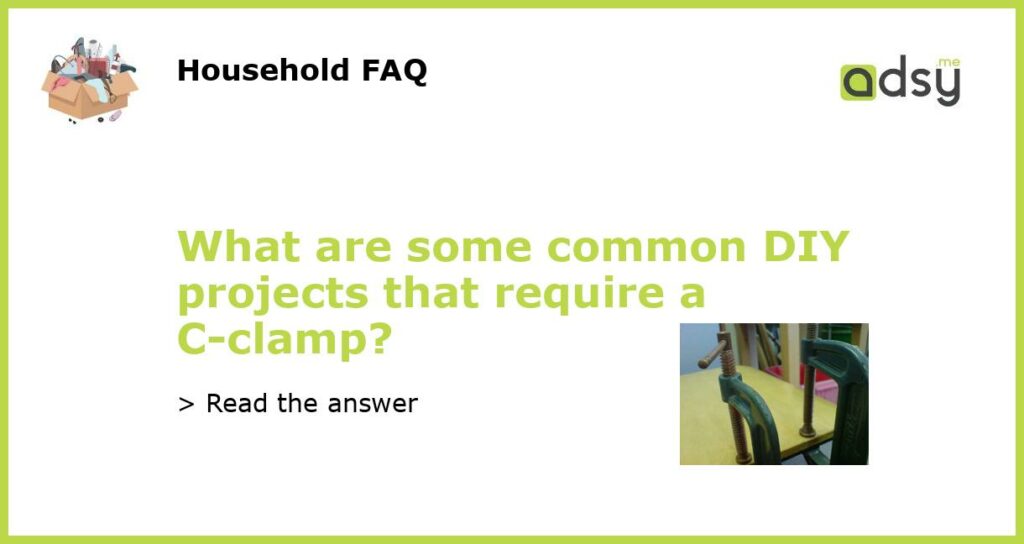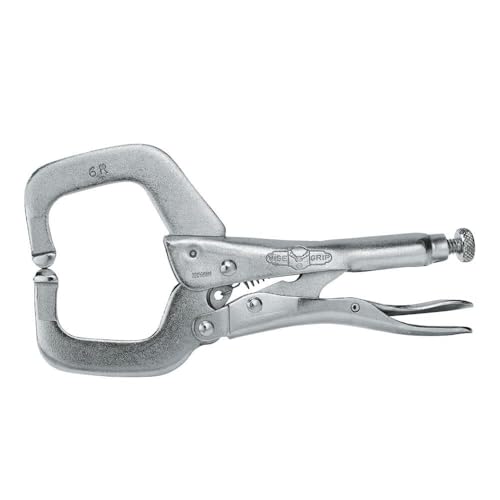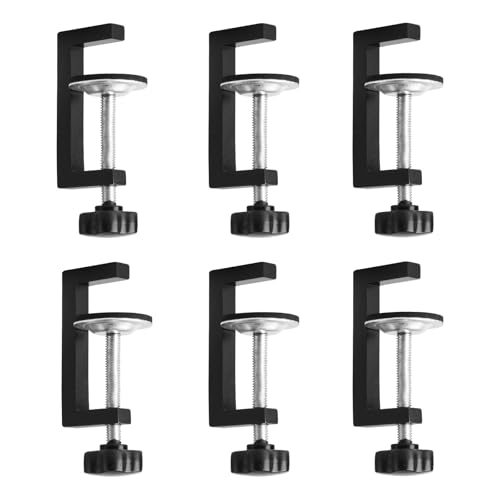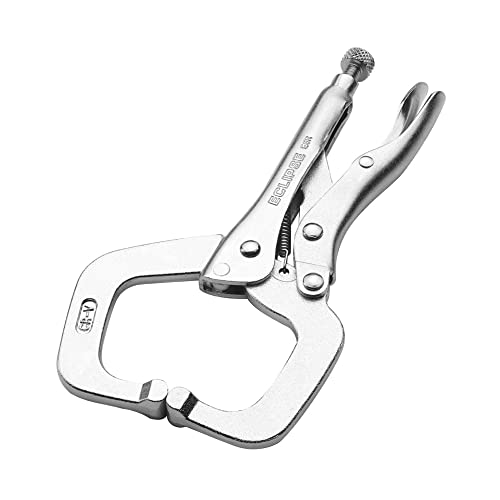5 Common DIY Projects that Require a C-Clamp
DIY projects are a great way to save money and add a personal touch to your home. However, some projects require specialized tools like a C-clamp to ensure success. A C-clamp is a versatile tool that can help you apply pressure, hold items in place, and even keep things steady. In this article, we’ll look at five common DIY projects that require a C-clamp.
Woodworking Projects
If you enjoy working with wood, a C-clamp will undoubtedly come in handy. C-clamps can be used to hold pieces of wood together while you glue and clamp them. They can also be used to hold wooden boards in place while you cut or saw them. Whether you’re building a bookshelf or a picture frame, a C-clamp is an essential tool for woodworking projects.
Metalworking Projects
C-clamps are also useful for metalworking projects. They can be used to hold pieces of metal in place while you weld or solder them together. They can also be used to secure metal parts while you drill, cut, or grind them. If you’re working on a car restoration project or creating metal sculptures, a C-clamp is a must-have tool.
Plumbing Projects
Plumbing projects can be tricky, but a C-clamp can make your life a lot easier. If you’re replacing a faucet or fixing a leak, a C-clamp can help you hold pipes and fittings in place while you work. They can also be used to hold PVC pipe together while you glue it. A C-clamp is a useful tool for any plumbing project, big or small.
Automotive Projects
If you’re a car enthusiast, you know that a lot of automotive projects require a C-clamp. They can be used to hold brake calipers in place while you change your brake pads. They can also be used to compress springs while you change your shocks. If you’re doing any kind of repair work on your car, a C-clamp is an essential tool to have on hand.
Home Repair Projects
Finally, a C-clamp is useful for any kind of home repair project. Whether you’re fixing a broken chair, repairing a hole in the wall or installing a new light fixture, a C-clamp can help you keep things in place while you work. They’re also handy for clamping together two pieces of material while glue or epoxy sets.






